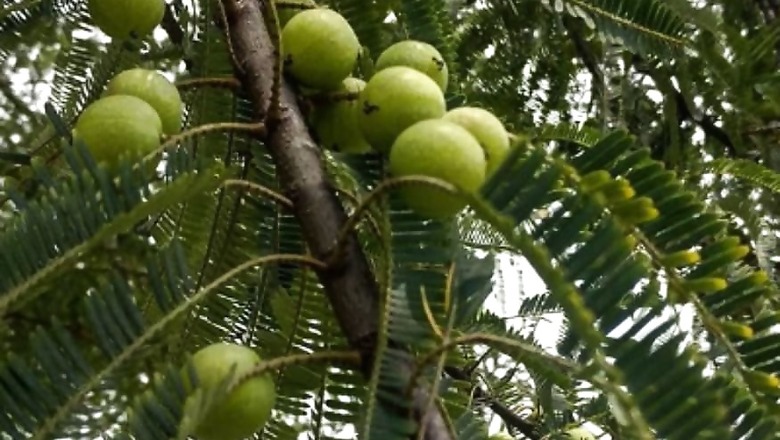
views
Amalaka Ekadashi is observed in the month of Phalgun (February–March). It falls on the 11th day of the waxing moon. This year AmalakaEkadashi will be celebrated on March 6. According to Hindu calendar, there are two Ekasdashis in every month – one in Krishna Paksha and the other in ShuklaPaksha.
Amalaka Ekadashi falls after Maha Shivratri and before Holi, the festival of colours.
History
There is a legend behind Amalaka Ekadashi. King Chaitraratha of Vaidisa and people in his territory were ardent devotees of Lord Vishnu. Once upon a time on the occasion of Amalaka Ekadashi, they were offering prayers to Lord Vishnu and amla tree. They were also worshipping Parashurama, a sage-avatar of Vishnu, and observed fast on the occasion. Chaitraratha and his subjects awake whole night that day, singing Vishnu bhajans. Meanwhile, a hungry hunter also joined them in singing bhajans in praise of Vishnu and fasted. As a result of this, the hunter was again born as King Vasurath.
Significance
On the occasion of AmalakaEkadashi, people worship amla tree. Tree veneration is an important part of Hindu tradition. Amla tree is worshipped on AmalakaEkadashi, as according to Hindu mythology, it is believed that Lord Vishnu lives in and around the tree. They believe that as a result of this vrat (fast), Lord Vishnu will shower his blessing in their next lives.
Besides, amla is considered a source of Vitamin C and that’s why the tree holds importance for its medicinal qualities.
Follow @News18Lifestyle for more




















Comments
0 comment